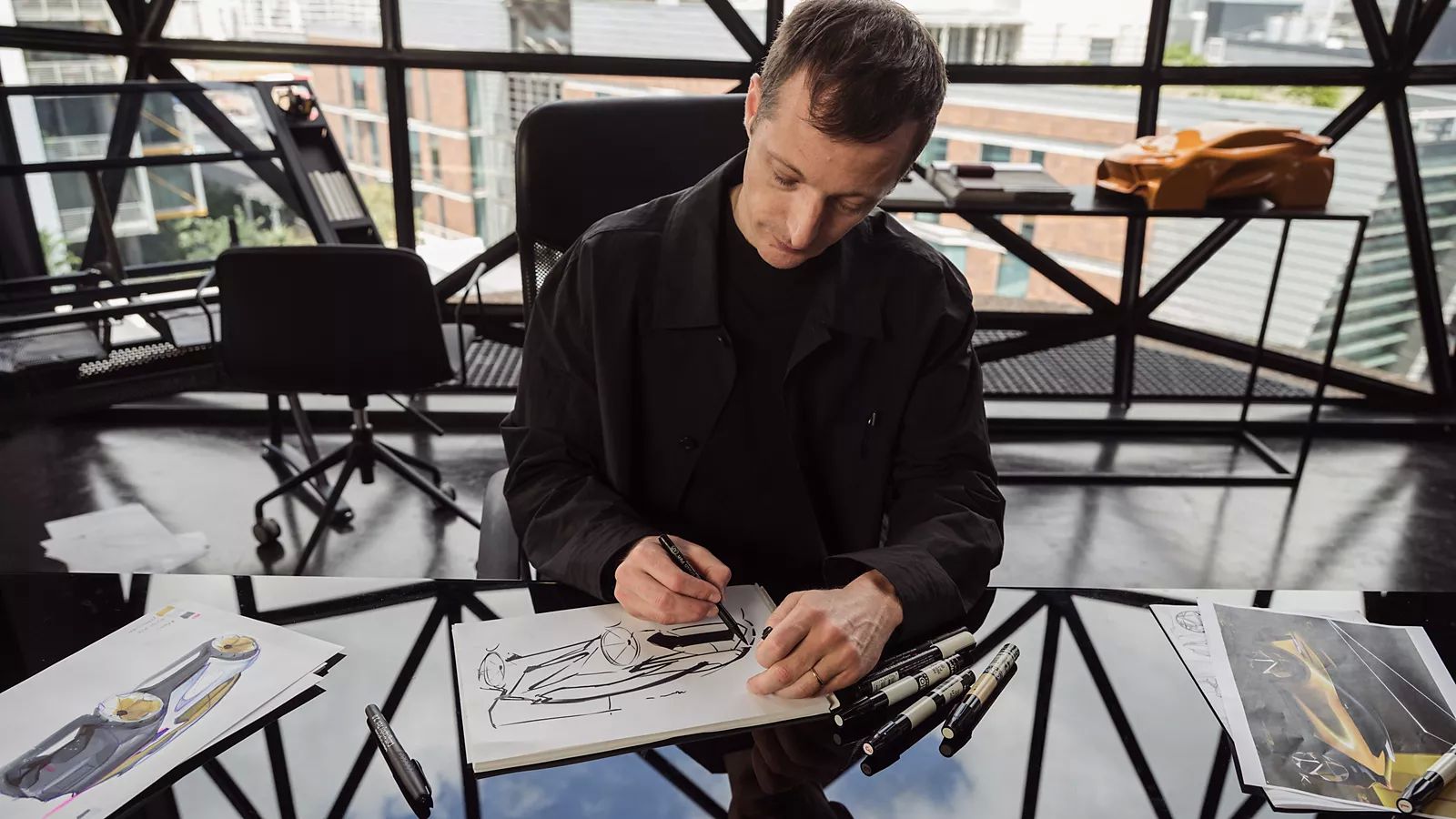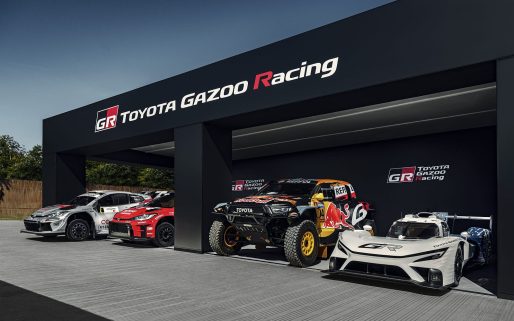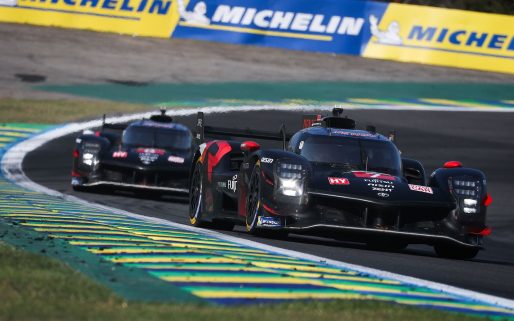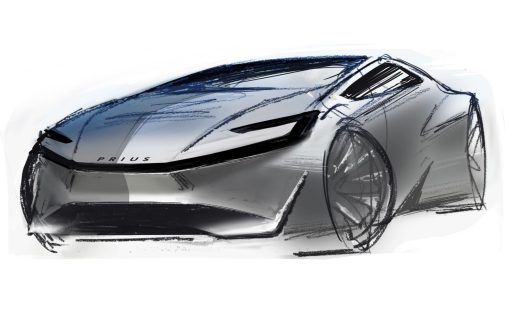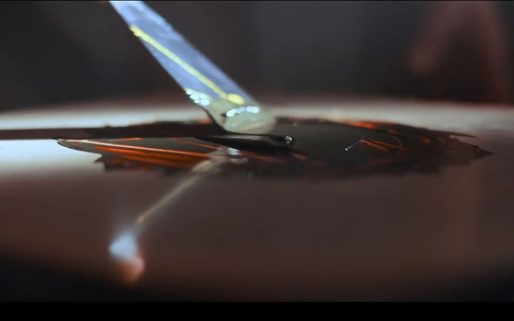Toyota believes that small steps add up to substantial forward leaps. It’s a philosophy that resonates with many individuals across a wide variety of endeavours and occupations, a small selection of whom we have interviewed for this new ‘Beyonders’ series.
Each of the five extraordinary individuals will explain how they have taken steps beyond what anyone thought possible, leading to amazing outcomes that we hope will inspire others to become ‘Beyonders’ too. The series continues with Toyota designer Ken Billes, who goes beyond design conventions to see cars as vectors that allow us to come together and discover new things.
Beyonder: interview with Ken Billes
What made you want to become a car designer?
Ken Billes: I’ve always loved to travel. However, it’s not so much the traveling that makes it interesting but what that brings. For me, the car is the trigger or the vector that allows people to get together and communicate and discover things. That’s why I really wanted to become a car designer.
What is something that you’ve discovered through your journey?
KB: I used to see the world as something linear and well-established. But I’ve actually discovered that it’s basically chaotic and that there is nothing without a target. As individuals we set targets and companies have goals, but when you move these things together nothing is established or straight. And I find that pretty interesting; it’s one of the biggest discoveries I made when I became a car designer.
What is it like to work on cars that are driven by millions of people?
KB: It actually adds a lot of stress and pressure, because if you’re not entirely satisfied with the design, you’re going to be reminded of that fact everywhere you go. But then it’s nice to know that people choose a car because there is something integral they like about it and want to keep that feeling for a long time. So it’s about designing something that’s immediately attractive and easy to live with but remains that way for a long time to come. We have to act a little bit and put ourselves into the customer’s wishes or way of life. That can be pretty hard but it’s also quite interesting.
Buying a car can be an emotional decision. What do you think hooks people in?
Ken Billes: It starts with the looks but it’s also the spirit or atmosphere you feel with the product. Some products deliver a sensation, or feeling, and the message is so clear you can remember the ‘conversation’. A car has less than a minute to provide a message to the customer. That makes it very interesting, because you need a clear message but also a ‘conversation’ that delivers greater meaning over time.
It’s like a movie, where you have the main story line as well as side stories. Each car has its own story, its own message. Some messages are blended, some messages are clear, but they’re all targeted to a particular type of customer and how they which to express themselves.
As a car designer, what is your daily routine?
KB: After arriving at work I like to see what’s new in the world and discuss things with my colleagues to hear how they’re thinking. The work process itself is established – we think about a customer, project ourselves into that individual’s needs, and then ask ourselves: What are we doing? Is that what they want? Or is that what we would prefer they did? It’s very important to work as a team to get everybody’s opinions.
Why is exchanging thoughts with others such an important routine?
KB: Without the input of others, we could be blinded by our own thoughts or preferences. In design we talk about the audience for a product but there are many different types of people within that audience. So we have to put ourselves in the shoes of others, even the shoes of the people of tomorrow. And to do that successfully we need to exchange ideas with a lot of people, whether that is just in the morning over a coffee or with a long-distance perspective. I see it as building research into my work, and I feel it is one of the most important aspects of being a designer.
What are some of your career highlights?
KB: I’ve been pretty lucky and could choose quite a number. In more recent history I have participated in the production evolution of both generations of Toyota C-HR, and I’ve always liked the processes and atmosphere of working in a design studio. Over the past 15 years at Toyota we have managed to create a new identity and stronger products in the field of design.
What else inspires you?
KB: One thing I’ve discovered in Toyota is that simple ideas are really appreciated. They can be difficult to get through, and sometimes you need to push, but they like it if you’re convinced about something and work hard to find different ways to achieve it. I think that this philosophy from a company is interesting and harmonises well with the idea of going beyond.
How do you think Toyota is different from other automotive companies?
Ken Billes: Hmmm… I think Toyota really tries to listen to the customer. But it also understands that the people inside the company are customers too, and that’s a pretty interesting perspective.
How do you overcome differences of opinion?
KB: Sometimes nobody really understands your idea or believes in its true value. So what you have to do is to try and find a way to present the same story in a different way, or adapt it so that its value is realised. It doesn’t mean you stubbornly won’t listen, and occasionally you have to let things go, but you have to appreciate that an idea can live in many different ways. So by all means get attached to an idea but don’t be so fixed on the execution of it. A good idea can have many different forms.
What is the most important lesson you have learned so far in your career?
KB: That there is no such thing as a wrong answer. Ideas are often rejected but not because they’re wrong; it’s usually because the execution isn’t right or they’re not appropriate at that time. I also like the idea of really pushing to get the best out of something, whether it’s about proportions, a surface finish, or the way something is executed. Maybe you need to be more precise or refine the idea. Even if nobody will see it at the end, really go to town on the detail. That’s what I believe makes a great product.
What does success as a designer look like?
KB: Success is not so much related to having your drawing selected. It’s the fact that you have managed to get the people you’re working with to get on board and agree to your vision, what you think is right. Working with a team in a collaborative way allows you to work well together.
What advice would you offer to people to achieve their best?
Ken Billes: I think my advice would be, never give up and don’t be stubborn. They’re two different things. The world is changing, and people’s aspirations are changing. This was brought home to me when designing the second generation Toyota C-HR. We didn’t start from a blank sheet; we had a legacy to keep. But we also wanted to create something that appealed to everyone without being too polarising. So we conducted research into different peoples, genders and communities, and learned how these choose to express themselves creatively. I think this is why this design proposal was selected. It has everything the previous Toyota C-HR had but with a new philosophy. When you see the car, you really feel its urban style. But on the other hand, it’s smooth and sleek and can be very fluid. Every opinion and every personality counted on this project.
What’s the next big thing for you?
KB: There is a lot of talk about use of resources, global warming and so on. As a designer, I want to try to find solutions, and create new imagery of what tomorrow could be. There are already tons of products out there that aim to save the planet. But if nobody wants them or uses them, they won’t work. We need to find something which people want to have; a new vision they want to be part of. It’s going to take time, but just saying we need to find it is not enough. We need to try harder. And if the first thing doesn’t work, move on to something else. We have to try it again and again until we find that good answer. Every step counts.
Read more in the ‘Beyonders’ series:
Billy Monger, racing driver
Ofentse Pitse, conductor
Samir Aït Saïd, gymnast
Kazuki Nakajima, racing driver
